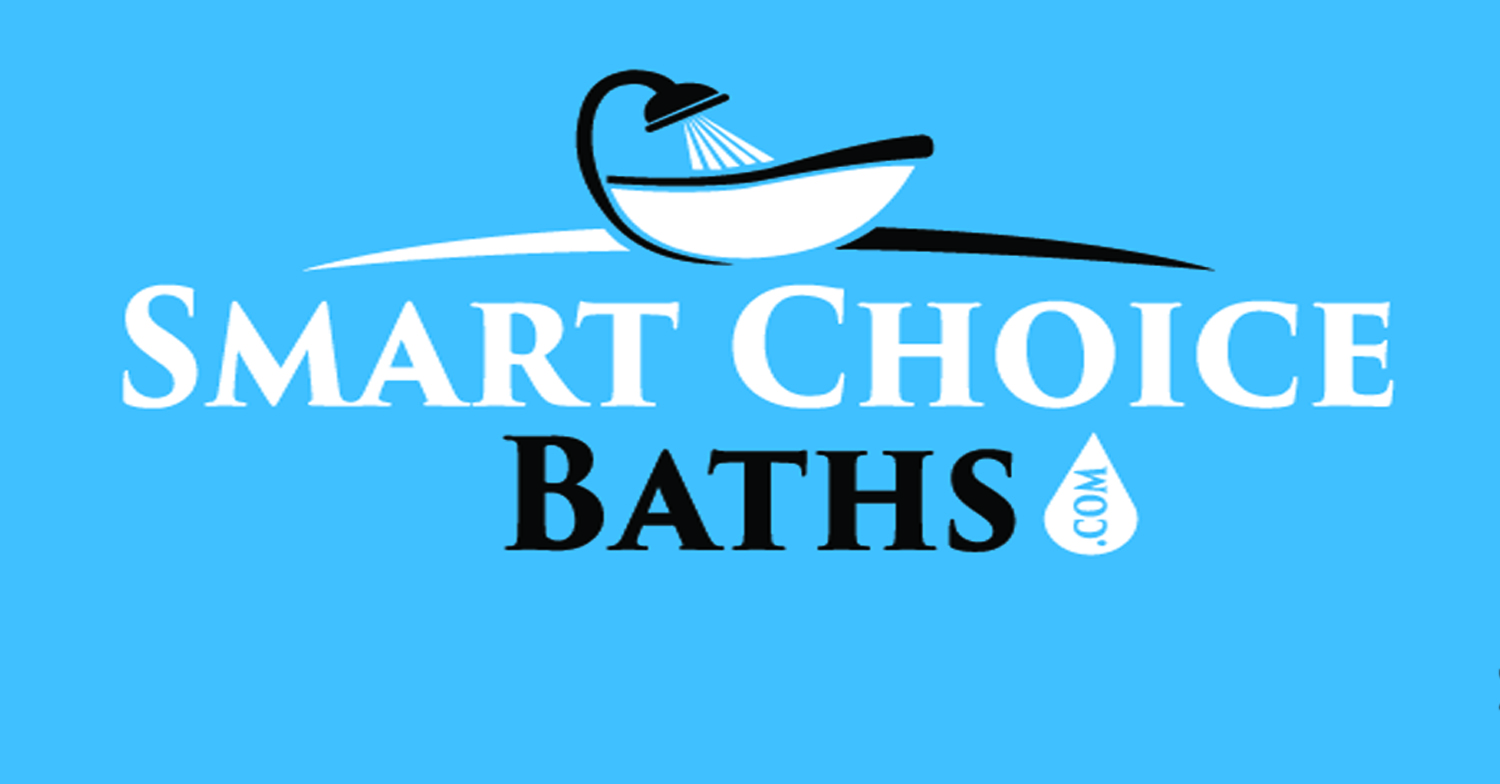Mother Nature cooperated and although there were some clouds, North Royalton residents were able to get a good look at the April 8 total solar eclipse.
North Royalton was included in the 124-mile-wide band in Ohio that experienced the total solar eclipse. A solar eclipse occurs when the Sun, Earth and Moon align in a straight or almost straight configuration. The solar eclipse occurs only during a new Moon, when the Moon moves between the Earth and the Sun, covering the Sun. There are three kinds of solar eclipses: total, partial, and annular, with the total solar eclipse being the rarest. Totality during such an eclipse can only be seen from a limited area and is shaped like a narrow belt. The belt is usually about 100 miles wide and 10,000 miles long.
Although the total solar eclipse happens once every 1.5 years on earth, only 21 total solar eclipses have crossed over the lower 48 states of the U.S. The path of the 2024 eclipse stretched from Texas to Maine. Since northeast Ohio was in the path of the total solar eclipse, this area was considered a prime viewing location for the event. It was also the area which provided one of the longest durations of the event. According to NASA officials, the eclipse began at 1:59 p.m. in the Cleveland area. Totality began at 3:13 p.m. with maximum effect at 3:15 p.m. Totality ended at 3:17 p.m. The partial eclipse finished at 4:29 p.m. In 2017, Northeast Ohio experienced a partial solar eclipse with an 80-85 percent blockage of the sun. The last time Northeast Ohio was in the path of a total solar eclipse was in 1806. After 2024, the next total solar eclipse in Ohio will take place in 2099.
Now that the hype of the eclipse is over, there are other astral events that residents can view throughout 2024:
April 21-22: Lyrid meteor shower
The Lyrids are pieces of debris from a comet and radiate from the star Vega in the constellation Lyra the Harp. Every April, the Earth runs into this debris, which causes the meteor shower, which is known for their brightness. The Lyrids can best be seen up and to the north, in the pre-dawn hours.
Aug. 12-13: Perseid meteor shower
The Perseids are thought to be one of the best-viewed showers, known for their speed and abundance. The showers are peices of debris from the comet Swift-Tuttle and are named after the constellation Perseus, where the debris radiates from. The Perseids can be seen during the night to pre-dawn. They can be seen by facing northeast. Some say if you look slightly away from the constellation Perseus, viewers can catch a longer, more striking meteor.
Sept. 17-18: Partial lunar eclipse
This partial lunar eclipse of the annual Harvest Moon will be visible from North America. A partial lunar eclipse occurs when the Sun, Earth and Moon aren’t perfectly aligned, so only a section of the Moon passes into Earth’s shadow, so only part of it will appear red. The partial eclipse will start on September 17, around 10:10 p.m., peaks about 30 minutes later, and will conclude on September 18, around 12:45 a.m.
Oct. 11-12: Super Hunter’s Moon
The October 11 to 12 Super Hunter’s Moon will be the closest full moon to Earth. A super moon is one which appears to be larger than the average. To observe, look for the moon along the western horizon just after sunset.
Dec. 13-14 Geminids meteor shower
One of the most popular of the annual meteor showers, the Geminids, can be seen any time after about 8 p.m. They first appeared in the 1880s, and have grown more intense since that time. There will be a full moon during that time, which might reduce the number of meteors that can be seen, so viewers should face a direction with the moon at your back. They often have a streak that appears to be yellow or green, due to the minerals in the meteors.
By GLORIA PLEVA KACIK
Contributing Writer















